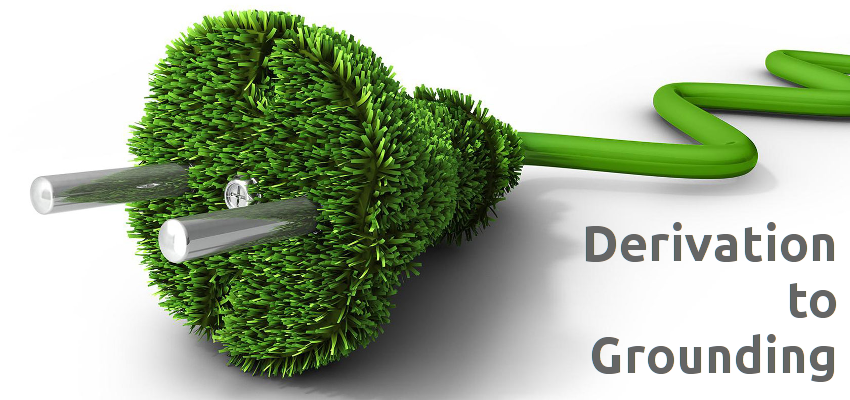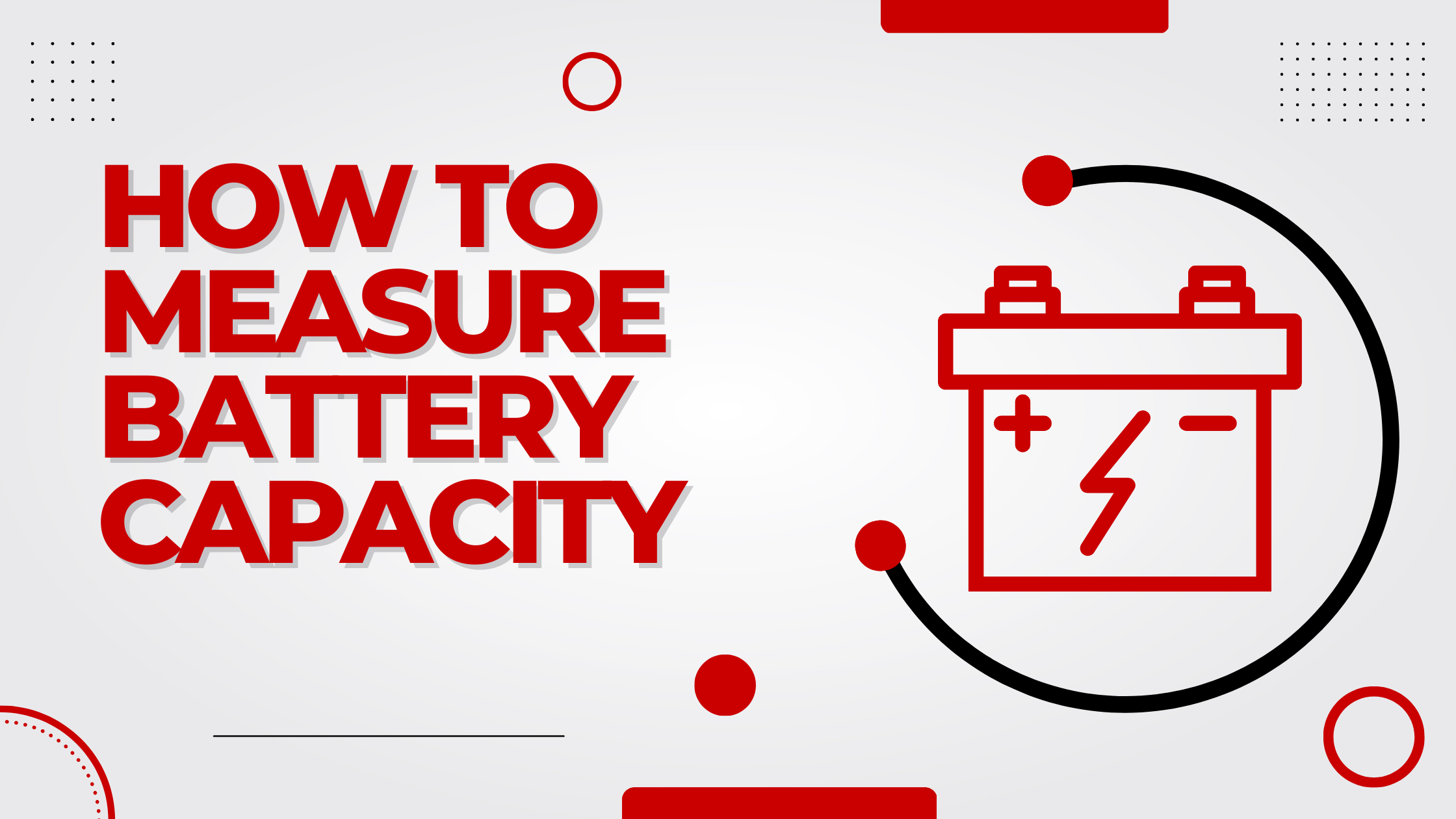
Derivation to Grounding
Nov 20, 2015. | By: Juan Pérez
In this post I’m going to talk about the relevance that grounding systems have in the installations, explaining the meaning of grounding, what does it offer, how to identify it and briefly mentioning it’s applications in the different systems. It’s a topic that it’s mostly believed as well known but actually it is more complicated than what we think. And most of all a bad functioning will cause higher harms.
What is a grounding system?
A grounding system consist in the connection of electrical and electronic equipment to the ground in order to avoid the harm of our equipment in case of a dangerous current surge.
The objetive of a grounding system is:
- Bring security to the people
- Protect the installations, equipment and goods in general, facilitate and ensure the correct operativity of the devices under protection.
- Establishing the permanence of a reference potential by stabilizing the voltage to the ground, under normal operating conditions.
How many types of grounding exists?
- Ground connections
- Isolated connections
How to identify them?
Once we have seen all grounding system types, according to the National Electric Code (NEC), a regional adoptable norm for the safe installation of electrical wiring and equipment in the United States, each kind of connection must have different colours for it’s identification.
| Types of Grounding Systems | Colors |
|---|---|
| Grounding | Yellow and Green |
| Isolated Grounding | Orange |
What are the existing systems?
- Isolated Systems: they are systems that contain all functions within the same area, but has no external connection.
- Clustered systems: they are multiple equipments in one area (cabinets, equipment cabinets, etc) with multiple input and output connections, and all connected to the same ground connection:
- Safety ground for clustered systems.
- Signal ground for clustered systems.
- Interconnection strip of land to land.
- Wiring between equipment units.
- Distributed systems: they are multiple teams in the same area, but are physically separated in different rooms, and do not share the same ground.
- Chassis ground: many devices are connected to your own chassis (housing), because this is in contact with the ground.
Where are this systems applied?
It is necessary to analyze where our installation will be located and it should be studied where are we going to place our grounding, if there isn’t one. Depending on the system that we are going to install, our grounding will go to a single or multiple points.
Subscribe
Subscribe via RSS.
Recent Posts
-
 Posted on 10 Feb 2023
Posted on 10 Feb 2023
-
 Posted on 26 Jan 2023
Posted on 26 Jan 2023
-

Differences between Low Frequency (LF) Inverters and High Frequency (HF) Inverters
Posted on 25 Nov 2020 -

Whitewall Energy presents the new Rekoser batteries catalog for 2016
Posted on 07 Apr 2016